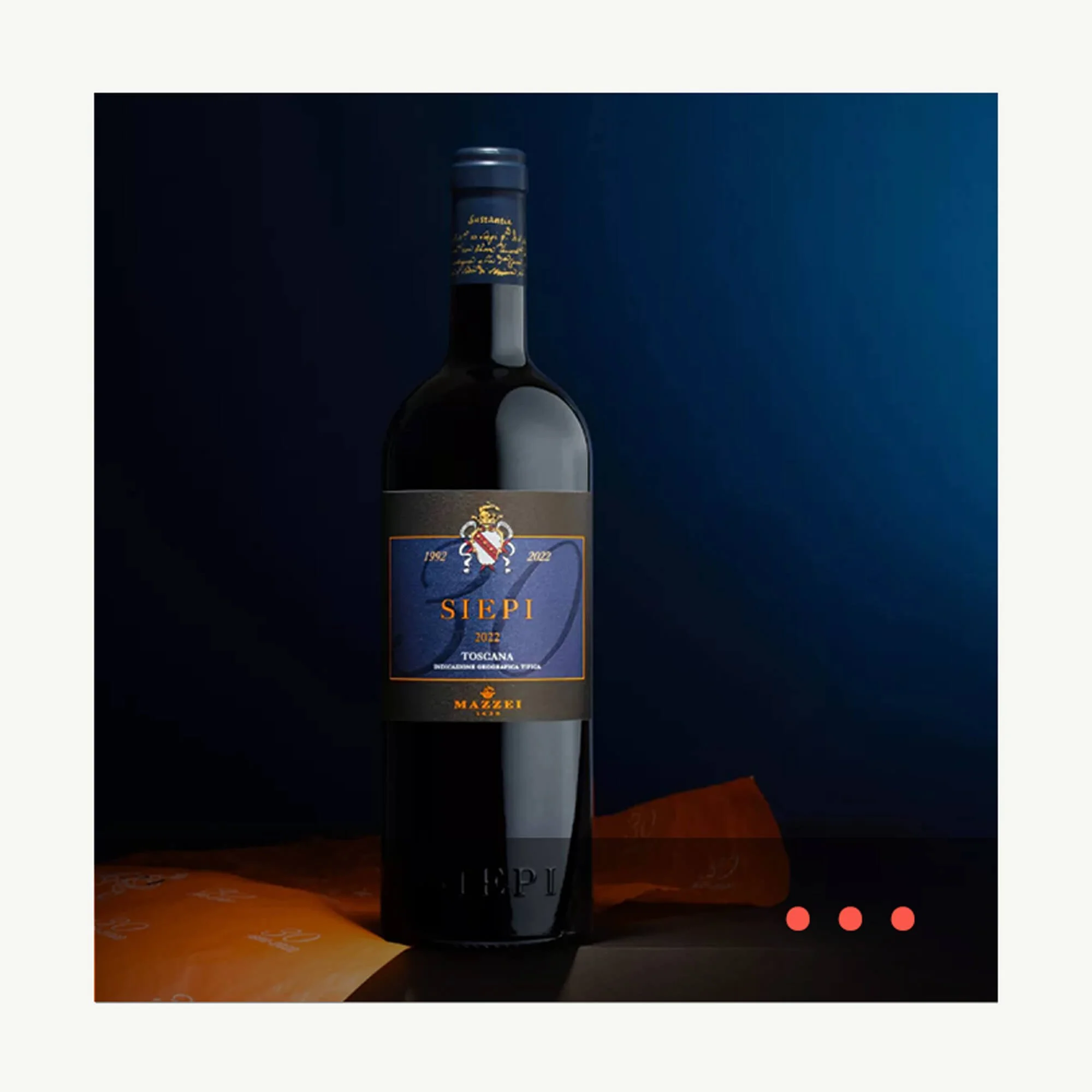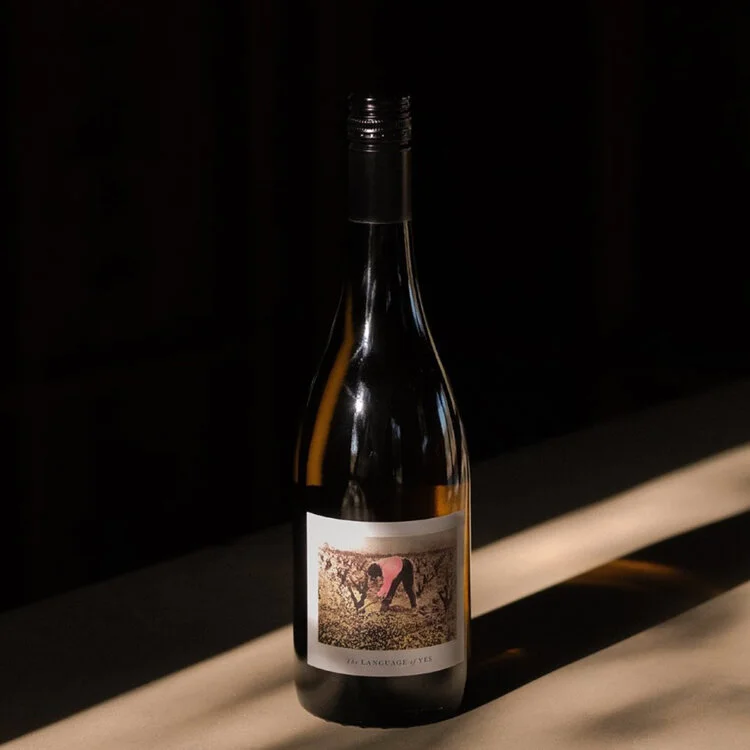▻ Omnibus Eighth Edition
Episode Summary:-
Wine Conversation Listeners could be forgiven this month for thinking they were listening to biblical stories, as we report on the extreme weather conditions afflicting the world’s vineyards. John Stimpfig tells us the extraordinary story of the owners of Meyer-Nӓkel in the Ahr Valley, in Germany, who were literally swept away by the floods as they tried to save their winery, and were rescued seven hours later clinging to a tree, a tree their grandfather had planted many years ago. Elin McCoy reports from the US on the precautions California vintners are taking against the threat of wildfires (last year 30 wineries were destroyed by the Glass fire in the Napa Valley), and Jane Anson reports from France on the recent wildfires in Provence, which have badly affected 73 wineries and five co-operatives. “People are just not getting a break this year,” she says, as she describes how frost, rain and hail have made the growing season so far an extremely difficult one in France.
Away from weather, John Stimpfig brings news of the new legislation around sub-zones in the Chianti Classico region, which have been a long time coming, but will now help consumers recognise the different terroir and styles in this famous region. Elin McCoy brings news of one of the biggest acquisitions in the wine world: Chateau Ste. Michelle, the Washington State winery, which is the third-largest wine company in the US (also owner of Stag’s Leap Wine Cellars in Napa, Erath in Oregon, and others) has been sold to a private equity company, Sycamore Capital, for US$ 1.2 billion.
Back to the bottle, John discusses with Sarah the latest Coravin product release, the Coravin Sparkling which keeps sparkling wine fresh for up to two weeks. The good news is that the consensus among sommeliers is that it works, but the question is, will it fit in the fridge? Elin looks at two headline-grabbing wine releases, Sotheby’s own-label wines, which are being made by some of the world’s most admired wineries, including Ornellaia, Frescobaldi and Château Haut-Bailly, all selling for under US$40. Elin is impressed. The other major news is that the US’s largest wine company, Gallo, has teamed up with well-known wine maverick Randall Grahm of Bonny Doon to produce a series of wines called “The Language of Yes,” surely the most unexpected partnership in the wine world.
While 2021’s unsettled weather is causing concern for producers across the globe, there is one piece of unalloyed good news. The VI-1 forms which were to be introduced into the UK in July have been scrapped and the UK wine trade (and consumers, eventually) narrowly missed a major disaster. John looks at what the implications would have been if it had gone ahead – “untold havoc” – and reveals that it was a UK government initiative, not a European one. It leaves Sarah and John discussing why the wine trade is still reliant on paper forms in the digital age, but rejoicing that wine lovers will not have to bear the cost of extra red tape.
““People are just not getting a break this year” ”
Running Order:-
-
0.00 – 7.40
“There were barrels floating past them as they kicked out a window.”
John Stimpfig reports on the tragic floods in the Ahr Valley in Germany, which left 180 people dead, with more still missing, and many homeless. He tells the extraordinary story of sisters Meike and Dӧrte Nӓkel of Weingut Meyer-Nӓkel, who on the night on July 14th went back to their winery to see what they could save of their equipment. As the flood water rose, they became trapped and had to dive into the waters, kick out a window and swim amongst the barrels. They were both saved by clinging to a tree outside Dernau, from which they were rescued seven hours later. The tree was planted by their grandfather many years earlier, their mother revealed.
Peter Kreichel who heads up the Ahr Valley Wine Trade Association, reports that 50 million euros worth of wine was lost as well as machinery. John talks about the problems many of the Ahr producers face making the 2021 wine and the tremendous support fellow vignerons have shown across Germany in lending equipment and manpower. If you wish to help the Ahr producers please see details in further information. -
7.41 – 15.03
“These new designations are really intended to represent geographical stylistic differences, so they are not hierarchical in terms of quality.”
The news that Chianti Classico has new legislation around its sub-zones is welcomed by John. He discusses how the new rules, which are due to come into place next year, have been a long time coming and that Gionvanni Mazzetti of Fontodi, who is the president of the Chianti Classico Conzorzio has been instrumental in helping push them through. The Unità Geografiche Aggiuntive (UGA) will be officially permitted on labels and when launched will only apply to Gran Selezione wines, which is only 6% of the region’s wines. The objective is to extend the UGAs to the Reserva and Annata wines. John talks about the 11 distinct sub-zones and explains the new rule that the wines must be made of 90% Sangiovese and the other 10% indigenous grapes, no international varieties are allowed. -
15.04 – 21.13
“It’s easy to use, it does the job.”
John reports on the new Coravin Sparkling which is about to be launched. The new Coravin claims to keep sparkling wine fresh for two weeks. The special valve pressurises the remaining champagne and enables it to maintain its level of 55psi. John has talked to sommeliers who have tested it and reports that it is a success. Sarah and John debate whether it will be more popular with the trade or consumer and also about an age-old concern: Will it fit in the fridge? -
21.13 – 28.10
“It would have caused havoc”
Champagne corks are popping across the British Isles as the UK wine trade celebrates the news that the government, at the last minute, had axed the introduction of VI-1 forms. “It would have been havoc,” John explains. The forms would have bound the UK in red tape and put an estimated 13 pence on a bottle of wine. John reveals that “the irony of all this is you might have thought this was coming from pressure from the EU as a negotiating tactic; actually these VI-1 forms were being foisted on the UK trade by our own government.” -
28.11 – 35.29
“1.2 billion US dollars, the largest sale in recent years.”
Elin McCoy, our US Editor, reports on one of the world’s largest wine sales, Chateau Ste Michelle, the Washington State Winery which also has a joint venture with Antinori and owns Stag’s Leap Wine Cellars in Napa and Erath in Oregon, has been acquired by private equity firm Sycamore Partners. Chateau Ste Michelle, the US’s third-largest wine company, was sold for 1.2 billion US dollars. Sarah and Elin discuss the role of private equity in the wine world, which Elin notes, “as everyone knows is a long term proposition.” -
35.30 – 41.26
“Heat, drought, fear of wild fires”
Elin also reports that the harvest has started already in some regions, amid anxiety about the possibility of wildfires. Last year 30 wineries were destroyed in California, and vintners are now finding that their fire insurance has rocketed, some with a 300% increase, with one winery’s insurance going from US$12,700 to US$54,000 and a larger winery finding its increase from US$200,000 to US$800,000, with less covered in the contract.
Some wineries, like Silver Oak, are training their staff to fight fires and adapting their wineries with more fire-resistant material. While some initiatives are not popular with professional firefighters, many wineries say “we can’t count on CAL fire.” -
41.27 – 45.17
“For the quality of these wines (Sotheby’s own labels) these are very fair prices.”
Sotheby’s have just added six new wines to their own-label collection, which they launched in 2019. Elin is impressed with the transparency of knowing who has made the wine, and there are some big names. The Tuscan red blend is made by Ornellaia, the Côtes du Rhône by Stephane Ogier, Chianti Rufina by Frescobaldi, St Emilion by Château Corbin and the Graves by Château Haut Bailly. Elin is impressed by the quality and the price (currently only available in the US and Hong Kong). -
45.18 – 55.32
“Randall Grahm of Bonny Doon with his wicked sense of irony and humour, and Gallo is not a partnership I would have predicted.”
Sarah and Elin discuss the surprising news that Gallo, the US’s largest wine company, has partnered with the US’s most famous wine maverick, Randall Grahm of Bonny Doon, to create a new series of wines called “The Language of Yes.” The wines are based on a Languedoc model – the first rosé wine, released at US$30, is a blend of Cinsault and Tibouren. Two reds are to follow. Elin believes that the appeal for Randall is the access to the grape varieties and vineyards Gallo has, plus the ability to experiment, and for Gallo there is the appeal of being seen in a new light, and to capture a spirit of experimentation. Both agree it is not something they saw coming. -
55.32 – 01.02.00
“People are just not getting a break this year.”
Jane Anson talks about the recent wildfires in Provence, which has burnt 11,000 hectares and affected 73 wineries and five co-operatives. She explains that though Rosé has a small amount of skin contact, those few hours have the potential for smoke taint.
She describes how Maison Mirambeau has had vines damaged and seen three of its neighbours burnt to the ground. One producer, Domaine de la Giscle, has lost everything, and is asking people to help. See further information.
Jane talks about the difficult growing season in Europe, and particularly Bordeaux, which suffered from frost on 7/8th April in all 65 appellations. The frosts this year have been as severe as 1991 and 2017, leading to low yields. May was cool, and rain and hail came in June. Veraison (the turning of the green grapes to red) was estimated at 85% Merlot and 76% Cabernet Sauvignon on August 16th, and as Jane explains, “that’s pretty late.” The hope is that August and September will see dry warm weather. The Wine Conversation will be reporting back next month on whether the vintage can be turned.
RELATED POSTS
Keep up with our adventures in wine












Take a deep dive into Chile with our Founding Sponsor Santa Rita Estate’s viticulture manager, Gerardo Leal.